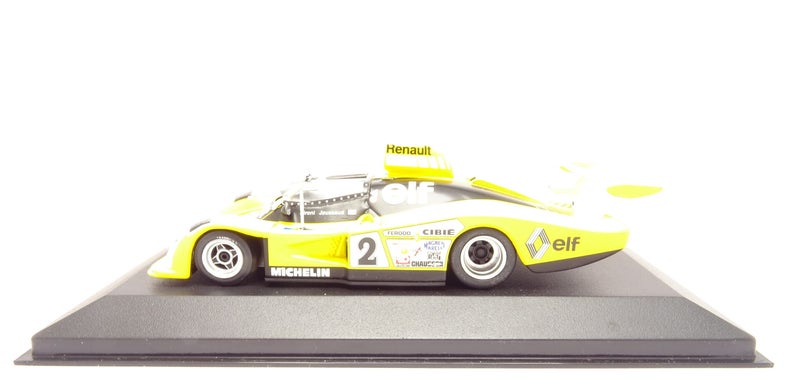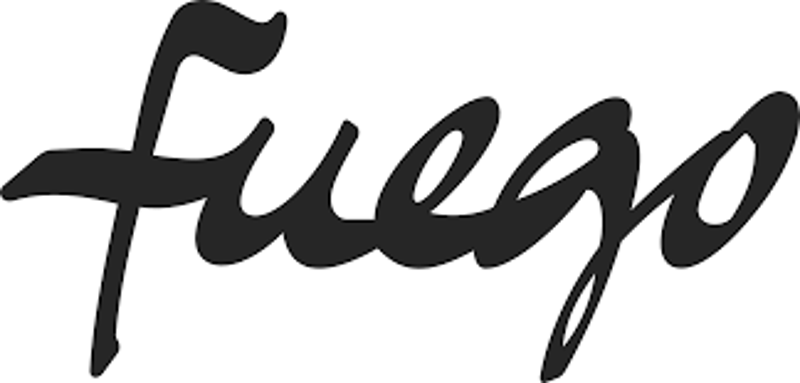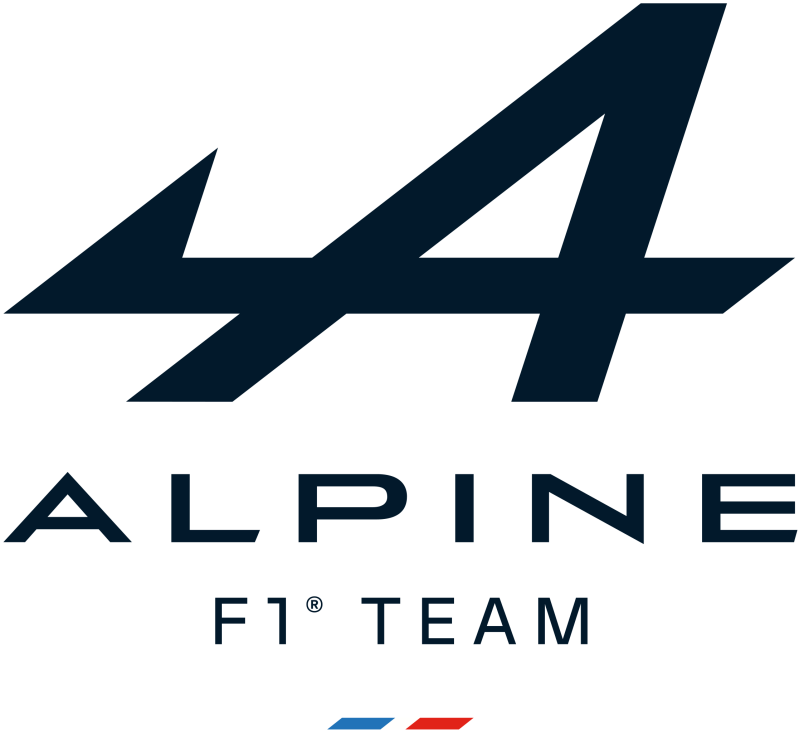

Renault – named after the founder Louis Renault.
Groupe Renault is a French multinational automobile manufacturer established in 1899. The company produces a range of cars and vans, and in the past has manufactured trucks, tractors, tanks, buses/coaches and autorail vehicles. Headquartered in Boulogne-Billancourt, near Paris, the Renault group is made up of the namesake Renault marque and subsidiaries, Alpine, Automobile Dacia from Romania, Renault Samsung Motors from South Korea, and AvtoVAZ from Russia.


Headquarters: Société Renault Frères, Boulogne-Billancourt, France, 1898–1944

Parent: Régie Nationale des Usines Renault, Boulogne-Billancourt, France, 1944-1990
Parent: various stakeholders, 1990-now



The Renault 4, or R4 in short (and 4L, pronounced "Quatrelle" in French French), is an economy family car, built by the French company Renault from 1961 to 1994. Although the Renault 4 was first marketed as a short estate or wagon, its minimal rear body length, and its top-hinged, single-piece tail-gate means that it is now recognised as the world's first mass-produced hatchback car. Also, it was the first time Renault had used a front-wheel drive layout in a family car, the first in a string of Renault's and other carmakers' front-wheel drives that all still used longitudinal engine placement.




The Renault 5 is a four-passenger, three or five-door, front-engine, front wheel drive hatchback supermini manufactured over two generations: 1972–1985 (also called R5) and 1984–1996 (also called Super 5 or Supercinq). The R5 was marketed in the US as Le Car, from 1976 to 1983. Renault marketed a four-door sedan variant, the Renault 7, manufactured from 1974 to 1984 in Spain by Renault's subsidiary FASA-Renault and exported in limited markets.






The Renault Mégane is a small family car produced by the French car manufacturer Renault for the 1996 model year, and was the successor to the Renault 19. The Mégane has been offered in three- and five door hatchback, saloon, coupé, convertible and estate bodystyles at various points in its lifetime, and having been through four generations is now in its fifth incarnation.




The Renault Espace is a series of automobiles manufactured by Renault since 1984. For its first five generations, the Espace was a multi-purpose vehicle/MPV (M-segment), but it has been redesigned as a mid-size crossover SUV for its sixth generation.
The first three generations of the Espace were amongst the first contemporary minivans or MPVs, and were manufactured by Matra for Renault. The fourth generation, also an MPV, was manufactured by Renault.








1899-1906
1906-1919
1919-1923
1923-1925
1925-1946
1930-1945
1945-1946
1946-1959








1959-1971
1971-1972
1972-1981
1981-1992
1992-2004
2004-2007
2007-2015
2015-2021

2021-now

























































Create Your Own Website With JouwWeb